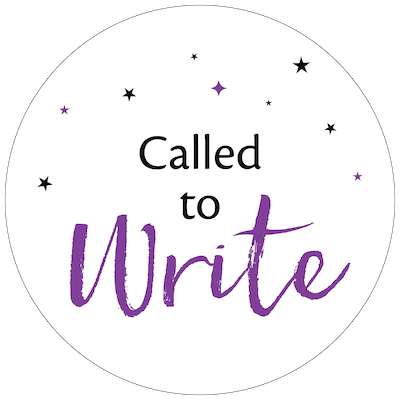Today we’re continuing our four-part series designed to help you get your writing career moving, even if you’ve been stalled out or had a few setbacks along the way.
We’ve already talked about expanding your options for writing and a very simple way to overcome resistance, and now we’re going to move into boosting your confidence as a writer.
Do today’s exercise, and you will begin to experience the growing confidence in yourself that comes from writing consistently and being connected to safe people who see you take your writing seriously each day.
Why I’m taking you through these exercises now
I’m releasing a new product tomorrow – Design Your Writing Life – that will walk you through a series of steps, planning exercises and activities that will help you make the shift from “trying to write” to “becoming a writer.”
It will be available with a special launch discount starting tomorrow, and I wanted to share a few select parts of what I teach inside it so that you can get a taste of what the course is all about.
Your next exercise is below!
Exercise #3 – Use “Safe Accountability” to create momentum and trust in yourself
Accountability can sometimes be a scary thing to step into – the idea of keeping to a deadline as well as showing your work to others can be just intimidating enough to keep you from doing it. (And even if you’ve successfully navigated that hurdle, you remember how it felt!)
We’re going to make accountability easier today by baby-stepping into the safest possible method of making it happen, so you can feel more comfortable getting started.
There are two parts of writing that are intertwined – the practice and the craft. You get better at the craft through practice, but often it’s difficult to practice because getting the craft “right” when other people are watching can activate resistance.
So we’re just going to sneak in like we did yesterday and take a small step designed to fly under the radar of resistance and get you feeling good about yourself as a writer.
Here’s what we’ll have you do:
- Pick the simplest form of daily accountability you can imagine and choose that as your starting point. If you’re following along from yesterday, that could be writing for five minutes in the morning. If you already have a semi-regular writing habit (like you sporadically write on your lunch one or two times a week), then let’s step it up by making it every day – even if it’s only five minutes of writing.
- Choose someone who is safe and cares about you to report your practice time to each day. This could be a writing buddy, your partner, or anyone else that you trust to hold you accountable and celebrate your successes. You don’t have to send them your writing for critique – you’re just telling them that you followed through each day.
- Contact them today and say you’d like to have them help you keep accountable.
This seems like a pretty small step – but as you saw yesterday, a consistent small step almost inevitably grows into a larger habit.
Just choose one person to report your consistent progress to. That’s all you have to do to start.
Here’s why this works so well to make your writing career develop faster
If someone has been a professional writer for years, when another person asks them what they do for a living, they’ll say “I’m a writer.”
Before you get to that point, it can be hard to give the same response. Somewhere inside you’ll either be thinking “I’d like to be a writer,” or “I’m trying to be a writer,” or the dreaded “I should be writing more but oh, I just don’t know why I’m not.”
As you go through this first baby step, just the simple daily accountability for your morning writing, you’ll be telling someone “I wrote today” every single day.
The act of communicating that verbally (or via email, if that’s how you do it) does a few very important things to your brain:
- First, it reinforces your identity as someone who writes because you’re saying it every day to another person.
- Second, it builds self-trust because after a short while you’ll realize you’re getting very good at following through (which makes it much easier to see your writing career as a reality instead of a dream). You’ll know, both subconsciously and consciously, that you can trust yourself to keep your promises.
- Third, it helps you internalize your growth as a writer, because over time you’ll be telling your accountability partner that you wrote more each day. It doesn’t take long for 5 minutes to become 10, then 20, and more … and you’ll begin to see just how much you’re growing, faster than you could have expected.
This one simple exercise can get you on the path to being able to tell other people “I’m a writer” without a moment’s hesitation. Even simple accountability can make a bigger difference than you might think.
We cover more advanced accountability strategies in the Design Your Writing Life program, but every journey starts with a first step.
This is your chance to take that first step today. :)
Take 5 minutes now and do this exercise, and let me know how it goes!
Now is as good a time as any to give this exercise a try – just take 5 minutes now and get in touch with someone you can be accountable to. Remember, we’re flying under the radar of resistance here. All you’re doing is agreeing to say “I did it” each day.
(In reality, you’ll probably be telling your accountability partner things like “Wow, I can’t believe I ended up writing for 20 minutes” or “It feels so good to finally be writing every day”, but you can cross that bridge when you come to it.)
Once you’re done, take a moment to tell me how you feel at the end of the exercise!
I look forward to cheering you on. :)















